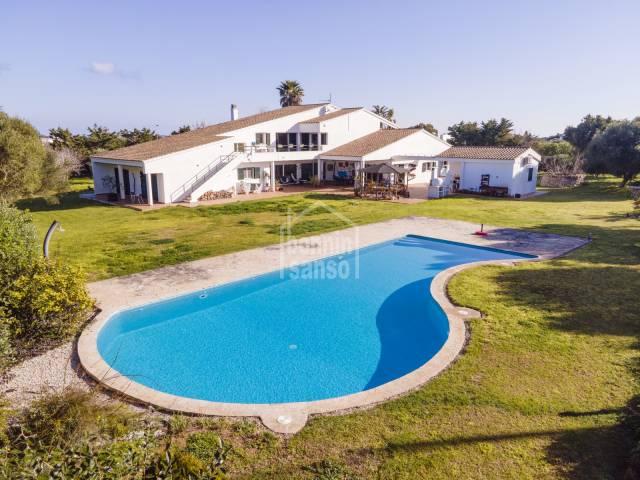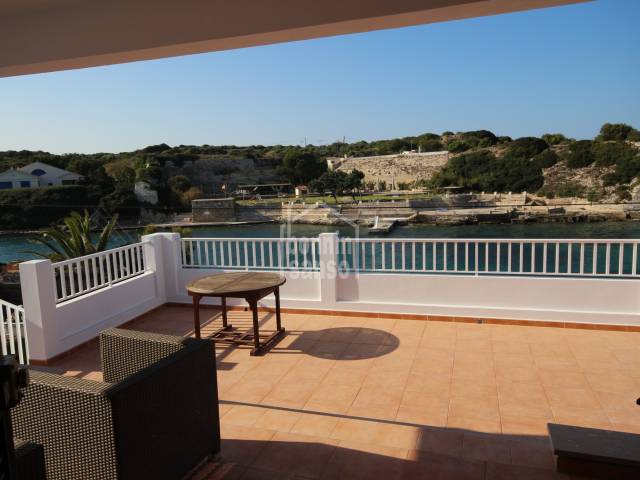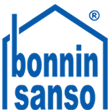Ref. 92217
Property not available on the web
Some suggestions:
Magnificent high quality villa of 650m² situated in 19,850 m² of grounds with its own well. Comprising 7 double bedrooms with fitted wardrobes, 6 bathrooms, ( 4 en suite), shower room, large living...










Rental price: 8.000 € / month
Available
Short term rental: Beautiful first floor flat with good natural light, lift access, pretty communal areas with swimming pool and gardens, in an elegant of the former capital of the island. Of recent...










Available from: 01/06/2025
ALL YEAR ROUND RENTAL. Villa in Cala San Estaban, comprising of 3 bedrooms, bathroom, patio, large terrace with excellent sea views, utility room, ample garage, furnished.








Available from: 01/04/2025
- Homes to Rent in Menorca
- Villa to Rent in Menorca
- Townhouse to Rent in Menorca
- Homes to Rent in Calan Porter, Menorca
- Homes to Rent in Alayor, Menorca
- Villa to Rent in Calan Porter, Menorca
- Villa to Rent in Alayor, Menorca
- Townhouse to Rent in Calan Porter, Menorca
- Townhouse to Rent in Alayor, Menorca




